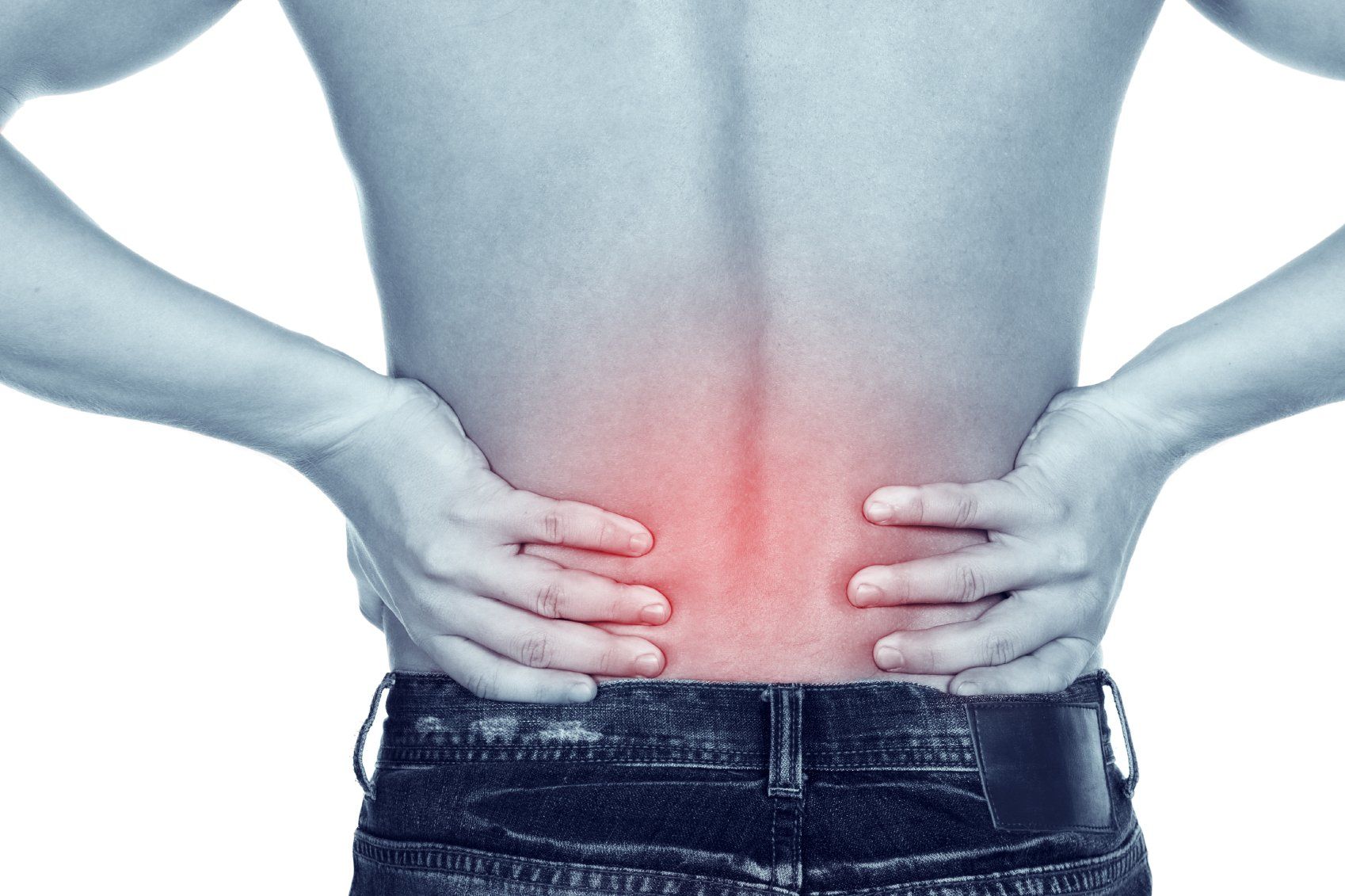
Servizio pensato per il settore siderurgico, manifatturiero e militare con lo scopo di migliorare le prestazioni del sistema e la soddisfazione complessiva dei lavoratori, tutelandone il benessere, la salute e la sicurezza.

WORK-RELATED STRESS

POSTURAL LOAD
Valutazione del carico posturale è basata sul metodo OWAS caratterizzato da una classificazione semplice e sistematica delle posture di lavoro con osservazione dei compiti lavorativi.

FALL / SLIP

MICROCLIMATE

BIOLOGICAL AGENTS

La Normativa Italiana che riguarda tutti gli aspetti della valutazione del rischio chimico, applicata ai luoghi di lavoro, è rintracciabile nel Capo I, Titolo IX D.lgs. 81/08.









